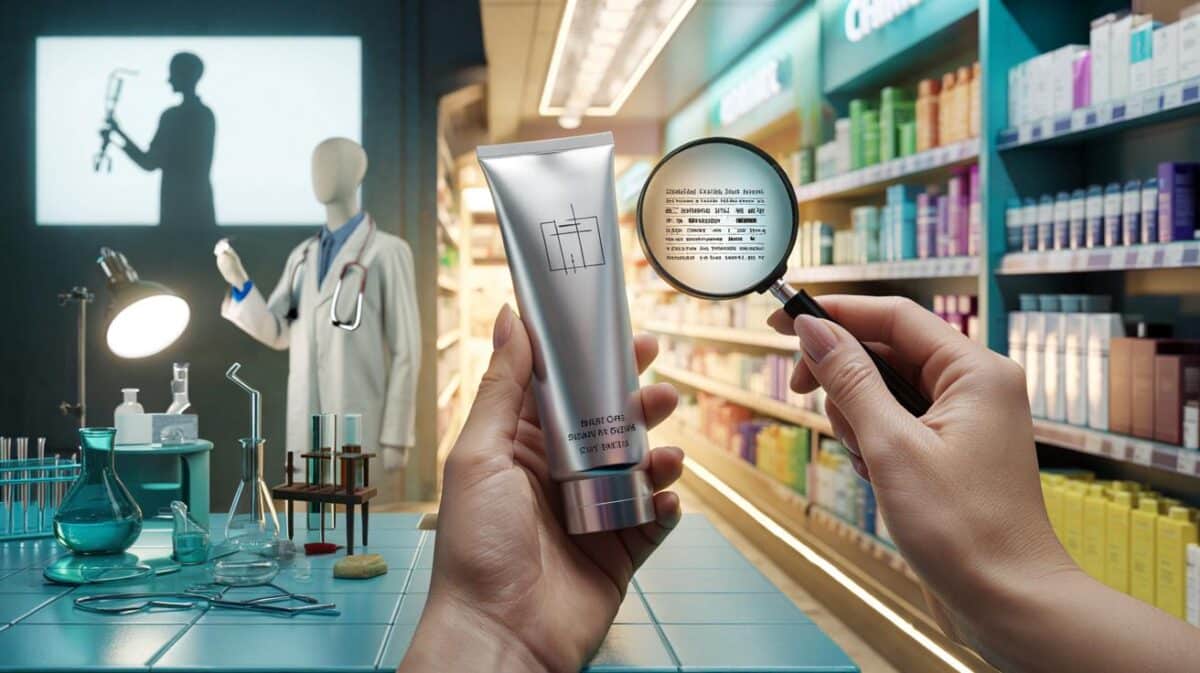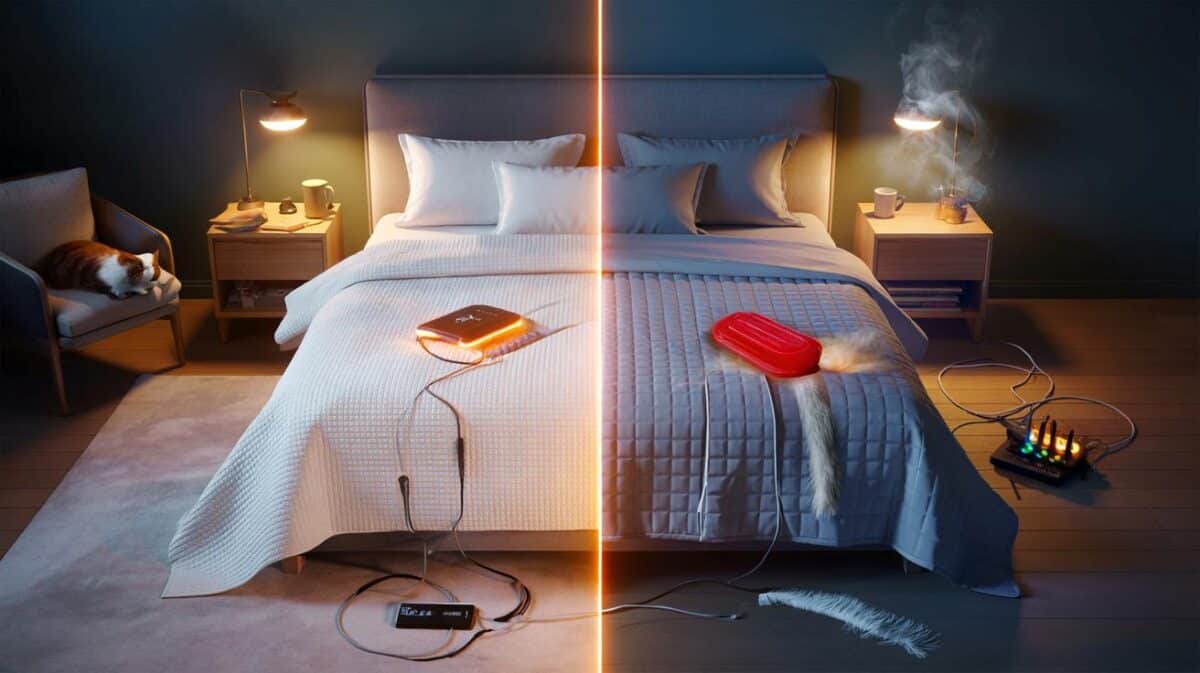A thief only needs a glance. At a crowded till, on a bus with contactless gone wonky, at an ATM when you’re half‑distracted, someone can read your fingers like subtitles. The risk isn’t theoretical. It’s baked into the way we pay.
Coins chimed, milk sweated, the card terminal flashed READY in that smug way it does. The woman in front of me shifted her bag to her hip, angled the keypad, then did something tiny. She paused, dropped her shoulder, lifted her purse like a little book, and typed beneath it. Quiet, neat, almost polite.
Two metres back, a man pretending to study chewing gum didn’t get the view he wanted. His chin lifted, then he looked away. The moment passed, and the transaction beeped approval. No drama. No speech. Just a small movement that changed the geometry.
It stuck with me. A one-second gesture that shuts the window thieves rely on.
The brief moment that makes you vulnerable
Watch any busy till and you’ll see the same micro-theatre. People lean in. They tilt the terminal towards their body, then look up to smile at the cashier while their fingers dance. The eyes and the hands drift apart. That’s the gap shoulder‑surfers live for. An angle here, a reflection there, a fraction of carelessness baked into the choreography of paying.
We’ve all had that moment when a stranger stands just a little too close behind you at an ATM. A friend of mine, Jo, noticed a bloke at a petrol station mirror her movements in the glass door, the way birds copy each other on a wire. She didn’t think much of it, paid, drove off, and later found her card gone after a jostle at the forecourt shop. The PIN had been watched. The card was already cloned. The bank sorted it, but the feeling of being read lingered.
Criminals don’t need long. They need a clear line, a predictable hand, a mind split between politeness and speed. Shops and banks place terminals where they fit, not where they’re safest. Lighting bounces off glossy screens. CCTV domes reflect digits you’d never think could be seen. The vulnerability isn’t the PIN pad. It’s the second before you press the first number, when you’ve not yet decided to protect your space.
The gesture that stops them seeing
Here’s the move: before you type anything, bring your wallet or phone up in your non‑dominant hand and hold it vertically, like a paperback. Drop your shoulder towards the terminal. Rest the heel of that hand lightly on the counter so it forms a tent over the keypad. Then enter your PIN with your dominant hand under that little canopy. One beat to set the screen. Two beats to type. That’s it.
This tiny ritual works in queues, at cashpoints, at parking machines, on wobbly card readers in market stalls. It doesn’t look aggressive. It doesn’t feel paranoid. It simply changes sightlines. You’re not wrestling the machine or hiding like a spy; you’re creating a brief private room for your fingers. If someone is angling a camera, bumping a mirror, or peeking from the side, that slim rectangle blocks them.
And it’s forgiving. If the terminal is fixed too low, step a half‑pace to the side and make the same tent. If it’s high on a counter, tuck your elbow, lean your forearm, and let the wallet do the shielding at the edge. If nothing else is in your hand, an open palm works — fingers slightly curled, wrist acting as a hinge. *You’re not covering numbers, you’re covering angles.*
Why the wallet shield beats the sneak peek
Shoulder‑surfing is a visual crime. Reduce the view and you kneecap the method. The wallet shield blocks the two most common sightlines: over‑the‑shoulder and off to the side. The dropped shoulder cuts glare from overhead bulbs and glass doors, which often betray digits through reflections. When you set your hand and wallet before you start, you remove the frame-by-frame commentary a thief needs to follow your finger from number to number.
There’s a second benefit people rarely mention. The pause. That one beat where you decide to shield resets your attention. You stop the autopilot that leads to wiggles, re‑taps, and those little exaggerated movements that readers exploit. The gesture is a cue. Your hands slow down, your eyes return to your fingers, and whatever performance you were giving to a politely waiting cashier fades for two seconds.
And if a keypad refuses your code because you rushed and hit a neighbour key? Clear, breathe, shield, re‑enter. Thieves love fluster. They hate repetition under a cover. They don’t get the second bite. **The simplest security often isn’t tech, it’s choreography.**
How to make it second nature at tills and ATMs
Practice the move once at home on a table. Wallet up like a book. Heel of hand down, shoulder in, PIN hand under the tent. Next time you pay, set the shield before you even look at the digits. If the terminal is mobile, tilt it towards your belly and bring your wallet to meet it. If a cashier reaches to help, smile and keep your cover. Your goal is a smooth, almost bored motion that takes less than three seconds.
Common mistakes are easy to fix. People shield after they’ve already typed the first digit. Start with the shield. Others wave their cover hand instead of resting it, leaving gaps. Let it settle. Some try to hide everything, move too slowly, then apologise to the queue. You don’t need theatre. Two calm presses per second feels natural. Let your body do the privacy, not your face. Let’s be honest: nobody does that every day.
If you’re entering a PIN on a phone screen or a parking machine with a giant display, the same principles hold. Bring the phone closer to your chest, angle it down slightly, and let your off‑hand act as a visor. At ATMs, use your forearm to block the side where people walk and your wallet for the other.
“Covering your PIN works because it breaks the line of sight. That’s all shoulder‑surfers have,” a former retail security trainer told me. “You don’t need to be perfect. You just need to be boring to watch.”
- Set the shield before typing.
- Keep the movement small and steady.
- Angle your body, not just your hand.
- Press CLEAR if you fluster, then repeat under cover.
- If it feels awkward, practice twice at home. That’s enough.
Small habits beat clever tricks
There’s something calming about an easy fix. No app, no gadget, no lecture. Just a quick, almost elegant move that closes a door someone else was about to use. It’s not foolproof — nothing is — and that’s fine. Not every risk needs a fortress. Sometimes it needs a curtain.
| Key points | Detail | Reader Interest |
|---|---|---|
| The wallet-and-shoulder shield | Hold wallet/phone like a book, drop shoulder, rest hand to form a tent before typing | Fast, discreet, feels natural at tills and ATMs |
| Why it works | Blocks main sightlines and reflections thieves use to read PINs | Simple physics beats sneaky glances |
| Common slip-ups | Shielding too late, waving the cover hand, moving theatrically | Easy tweaks that save awkwardness and risk |
FAQ :
- Doesn’t covering my PIN look suspicious?Not at all. Banks recommend it, cashiers see it daily, and it takes seconds. Suspicious is glancing around and hesitating; the shield looks calm and routine.
- What if the keypad beeps and people hear how many digits I pressed?PIN length isn’t useful without the numbers. If you make a mistake, press CLEAR under your cover and re‑enter. Sound without sight is mostly noise.
- Is contactless safer than typing a PIN?Contactless reduces shoulder‑surfing because no code is shown. For high amounts that require a PIN, use the shield. Keep both habits: tap when you can, cover when you can’t.
- Should I use decoy taps or fake moves to confuse thieves?You don’t need to perform. Decoy taps can cancel transactions or draw attention. A steady shield works better and doesn’t annoy staff.
- What if someone stands too close and I feel rushed?Pause. Set your shield. If they hover, ask for a little space or step aside for a breath. **Your pace is part of your security.** You’re allowed to take it.








